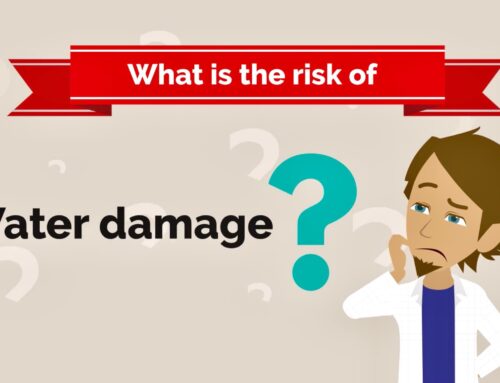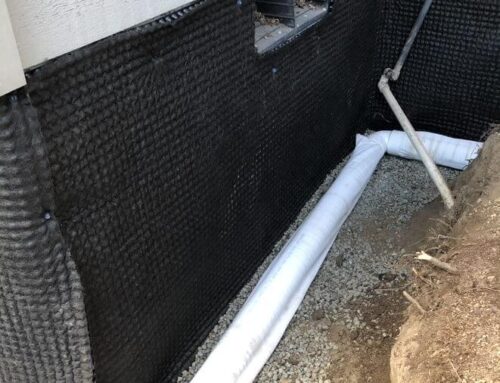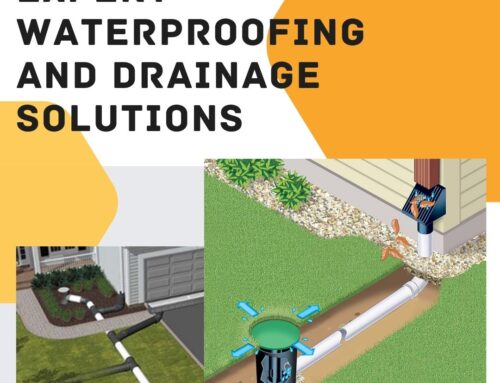Learn about the most common origins of basement leakage, the methods of basement waterproofing, and how you can choose the best option for you.
How water gets into your basement
Water can get into a basement in a number of ways. Most of the time, it’s because the foundation walls and floors are damaged or have cracks, the plumbing is broken, or the sump pump stops working. The biggest problem, though, is hydrostatic pressure.
Hydrostatic pressure is the pressure caused by the water in the soil around a house. When these soils get wet and swell up, they get bigger and press against the foundation with a lot of force. When this happens, water will get into the basement through the smallest cracks in the foundation. When a basement gets too wet, it can cause wood to rot, mold and mildew to grow, and other serious damage from water and moisture.
This article contains more information on the causes of basement leaks.
The most common methods to waterproof a basement
Any of the methods can be applied both internally and externally. The only difference is that interior basement waterproofing does not require excavation.
Foundation crack injections
If large cracks exist, the process begins with drilling injection holes adjacent to and angled into the crack. These holes can then be filled with injection ports. This creates an ideal delivery system for the chemical that will be used to seal the crack. There are various chemicals and materials for various types of cracks, like epoxy resin or polyurethane foam. Whatever injection material is required will be precisely inserted into the crack.
Coats, sealants, and joint cements
Coatings can be used to waterproof an interior basement where condensation is the main source of water. It also works if the basement is only slightly damp. Most of the time, waterproofing with this method won’t stop major leaks caused by raised groundwater or drainage failure.
French drains and basement waterproofing systems
Basement Expert waterproofing system is a drainage system installed around the perimeter of your basement below the footing and connected to a catch basin with a sump pump. This makes it easy and quick to catch any water before it gets into your basement. The water is then sent away from the house into a disposal well to prevent water damage. Our system is made to deal with hydrostatic pressure, and it has a double-layered membrane that keeps any water or gases from the soil from getting in.











